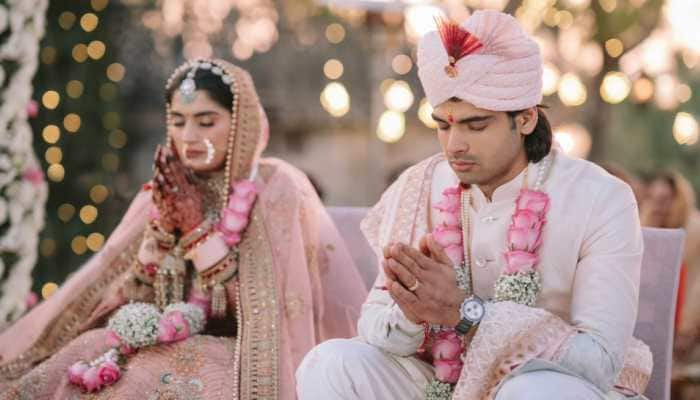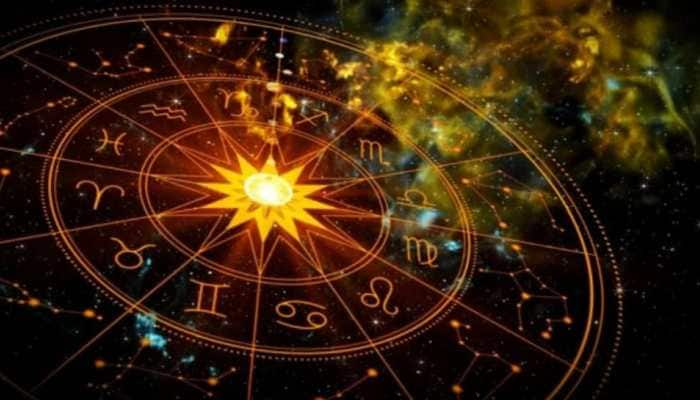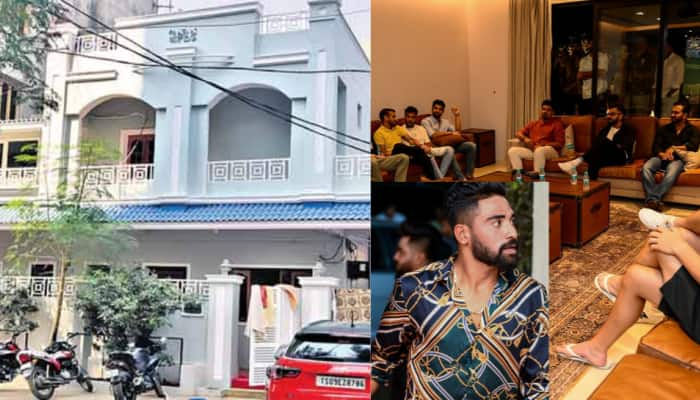Babri Masjid-Ram Janmabhoomi case: SC defers hearing to February 8, 2018
The Supreme Court on Tuesday fixed the Ayodhya dispute matter for further hearing on February 8, 2018.
- The Supreme Court will commence on February 8, 2018 its hearing on a batch of petitions challenging a 2010 Allahabad High Court verdict on the Ayodhya title suit.
- The HC verdict had divided the disputed Babri Masjid site between the Nirmohi Akhara, Lord Ram deity and the Sunni Waqf board.
- SC has directed that all the advocates on record will work in harmony and ensure that all documents are filed, if not already filed.
Trending Photos
) Pic courtesy: PTI (File image)
Pic courtesy: PTI (File image) NEW DELHI: The Supreme Court will commence on February 8, 2018, its hearing on a batch of petitions challenging a 2010 Allahabad High Court verdict on the Ayodhya title suit that had divided the disputed Babri Masjid site between the Nirmohi Akhara, Lord Ram deity and the Sunni Waqf board.
A bench of Chief Justice Dipak Misra, Justice Ashok Bhushan and Justice S Abdul Nazeer directed that all the advocates on record will work in harmony and ensure that all documents are filed, if not already filed.
The temple-mosque dispute reached the local court in 1949 when Mahant Ramchandradas Paramhans approached it for allowing 'darshan and pujan' (worshipping and paying obeisance) of Ramlalla.
In the same city, Hashim Ansari, a resident of Kotia locality - about 1.5 km from the disputed site - also approached the court for removing the Lord Rama statue from the Babri mosque.
While Mahant Paramhans died in July 20, 2003, Ansari died in July last year. Ansari was a witness when idols of Ram Lalla appeared at the Babri Masjid site on the night of December 22, 1949.
He was the first to file the suit in the court of civil judge of Faizabad against the "illegal encroachment of Masjid by Hindu Mahasabha".
With Ansari's death, an era in the Ayodhya dispute ended as he was a witness to "placing of Idols in Babri Masjid in 1949", unlocking of the disputed structure for the worship of Ram Lalla as per a court's order in 1987, demolition of the mosque in 1992 and division of the disputed land into three parts by the Lucknow High Court in 2010.
He also became the first plaintiff in the Supreme Court in 2011.
Another known figure in courts was Mahant Bhaskar Das, the chief litigant in the case and the chief priest of the Nirmohi Akhada in Ayodhya.
The Nirmohi Akhada priest had filed a claim for the Ramjanmboomi land's ownership in 1959.
Apart from being the Nirmohi Akhada sarpanch, he was the mahant of the Naka Hanuman Gadhi in the temple town in Faizabad district of Uttar Pradesh.
In 1959, Nirmohi Akhada's mahant Raghunath Das filed a case claiming Ram Janmbhoomi.
At that time, Bhaskar Das, who was in charge of rituals at Ram Chabutra on the premises, too joined the case and filed the claim.
After the Lucknow bench of the Allahabad High Court gave a verdict in the case on September 30, 2010, Bhaskar Das filed a petition in the Supreme Court for ownership of the entire Ramjanmbhoom premises. Bhaskar died in September 2017.
Vishwa Hindu Parishad (VHP) leader Ashok Singhal, who died in 2015 was considered architect of the Ram temple movement. In the 1980s Singhal became a symbol of the Ayodhya movement.
He was sent to the VHP by then RSS chief Bala Saheb Deoras in 1981. He had launched the Ram Janki Rath Yatra in 1985 and had demanded the opening of the locks at Ram Janmabhoomi.
While the opening of the locks was ordered by the local Faizabad court, Singhal launched a movement to build Ram temple.
(With PTI inputs)
Stay informed on all the latest news, real-time breaking news updates, and follow all the important headlines in india news and world News on Zee News.
Live Tv







)
)
)
)
)
)
)
)
)
)
